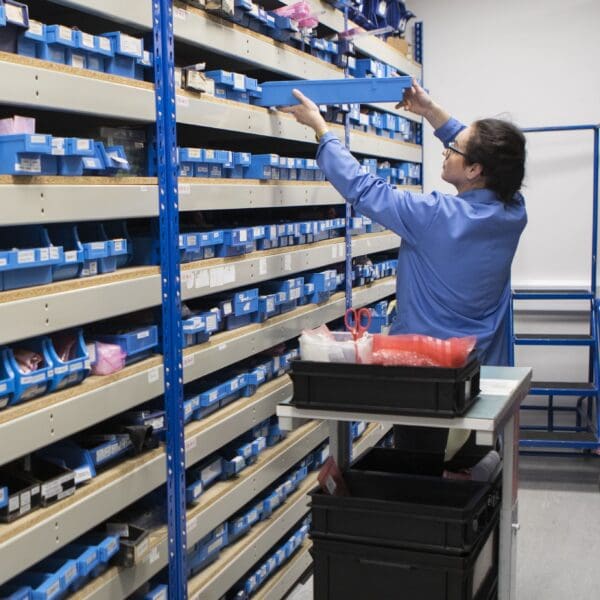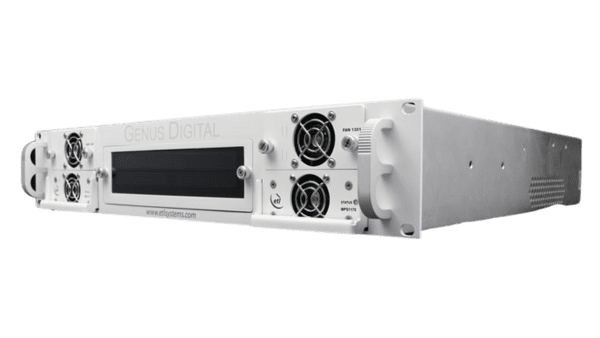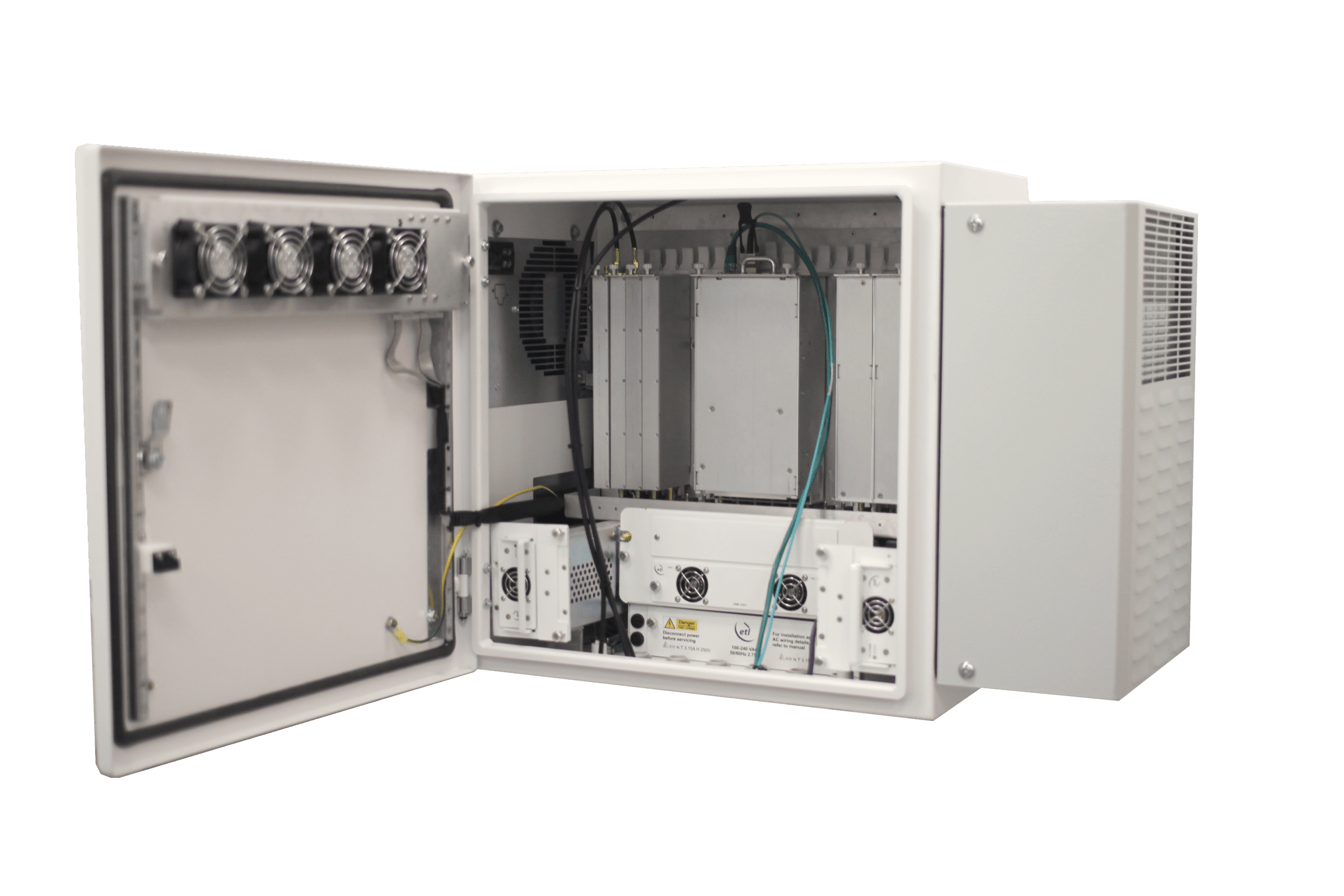
GENUS DIGITAL
A Leap Forward in Satellite Ground Segment Technology
Introducing
GENUS DIGITAL 5000

The satcoms industry is rapidly evolving to meet global connectivity demands and integrate smart satellite technologies. ETL Systems addresses this transformation with GENUS DIGITAL 5000, facilitating seamless synchronisation between analogue RF signals and the advancing digitised ground segment. This solution embraces a cloud-based ecosystem, offering unmatched flexibility, scalability, and operational agility to meet future needs.
GENUS DIGITAL 5000 supports diverse end-user applications by enabling dynamic adaptation of ground networks to sync harmoniously with space networks. This capability is crucial in the evolving landscape of global connectivity demands.
Engineered by ETL Systems, GENUS DIGITAL 5000 sets new benchmarks in satcoms by integrating analogue RF signals into a digital framework. This innovation enhances operational efficiency and performance, inviting clients to explore its transformative features through an exclusive trial program. This initiative underscores ETL Systems’ commitment to advancing satcoms technologies and meeting global client needs.
As a leap forward in satellite ground segment technology, GENUS DIGITAL 5000 reflects ETL Systems’ dedication to innovation and excellence. It ensures robust performance and reliability while setting new standards in connectivity, scalability, and operational effectiveness for satellite operators and service providers worldwide.
Featured Products
Experience the Power of GENUS DIGITAL – Book Your Demo Today!
Discover how GENUS DIGITAL can revolutionise your RF distribution and signal management. Schedule a personalised demo with our experts to explore the full capabilities and benefits of our innovative solutions.
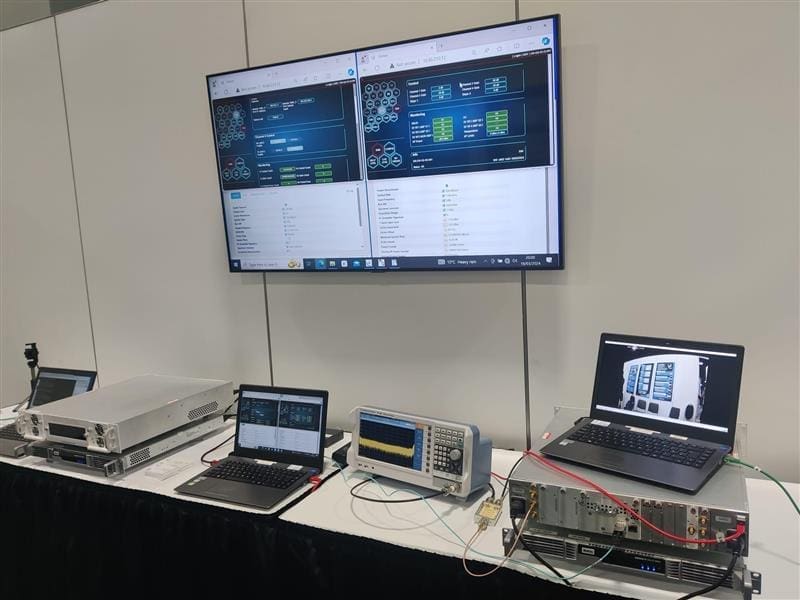
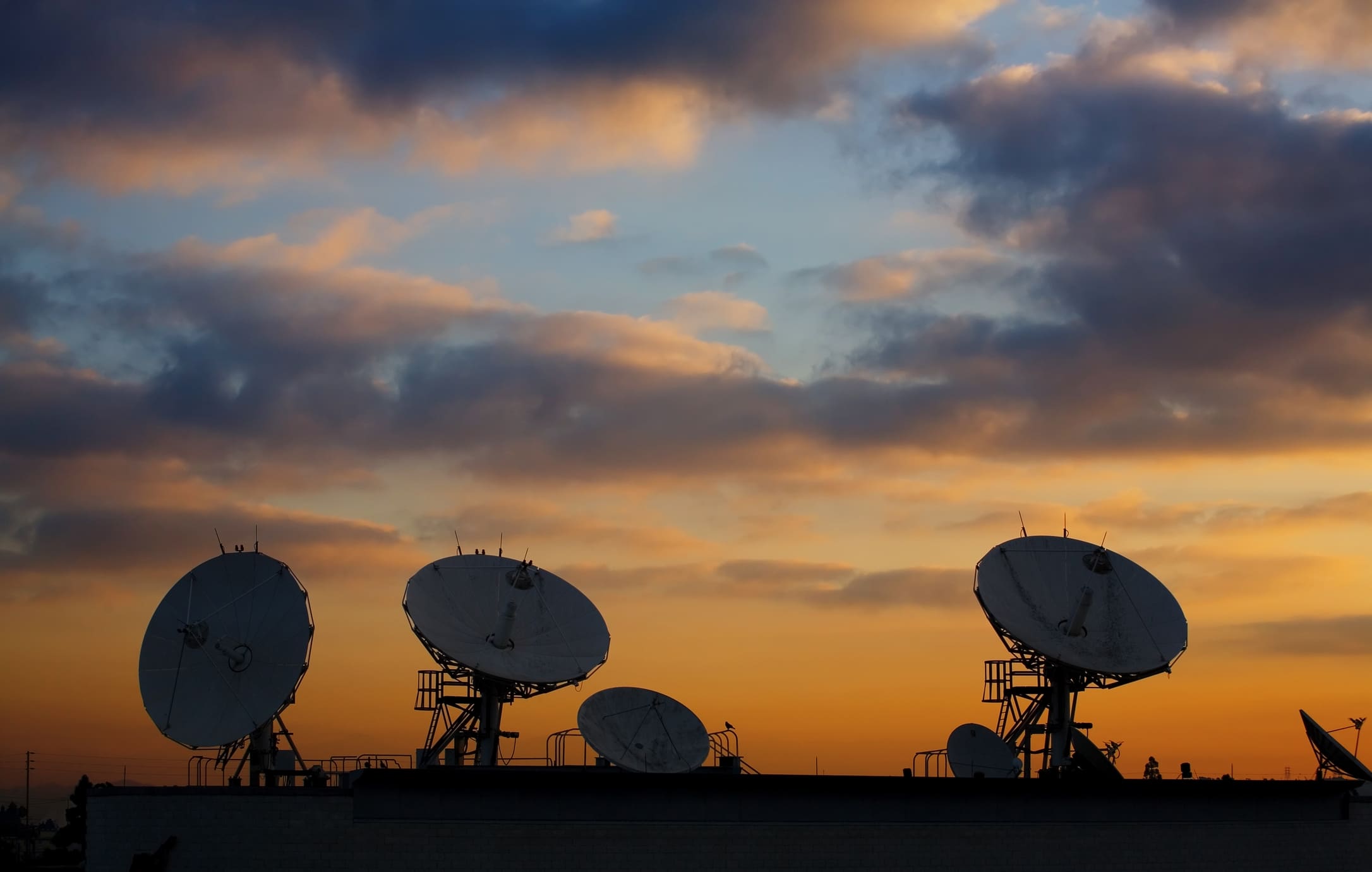
Get in touch
Whether you’re starting a new project or need expert guidance, we’re here to find the perfect solution for your needs. Reach out to us now and start the conversation!
